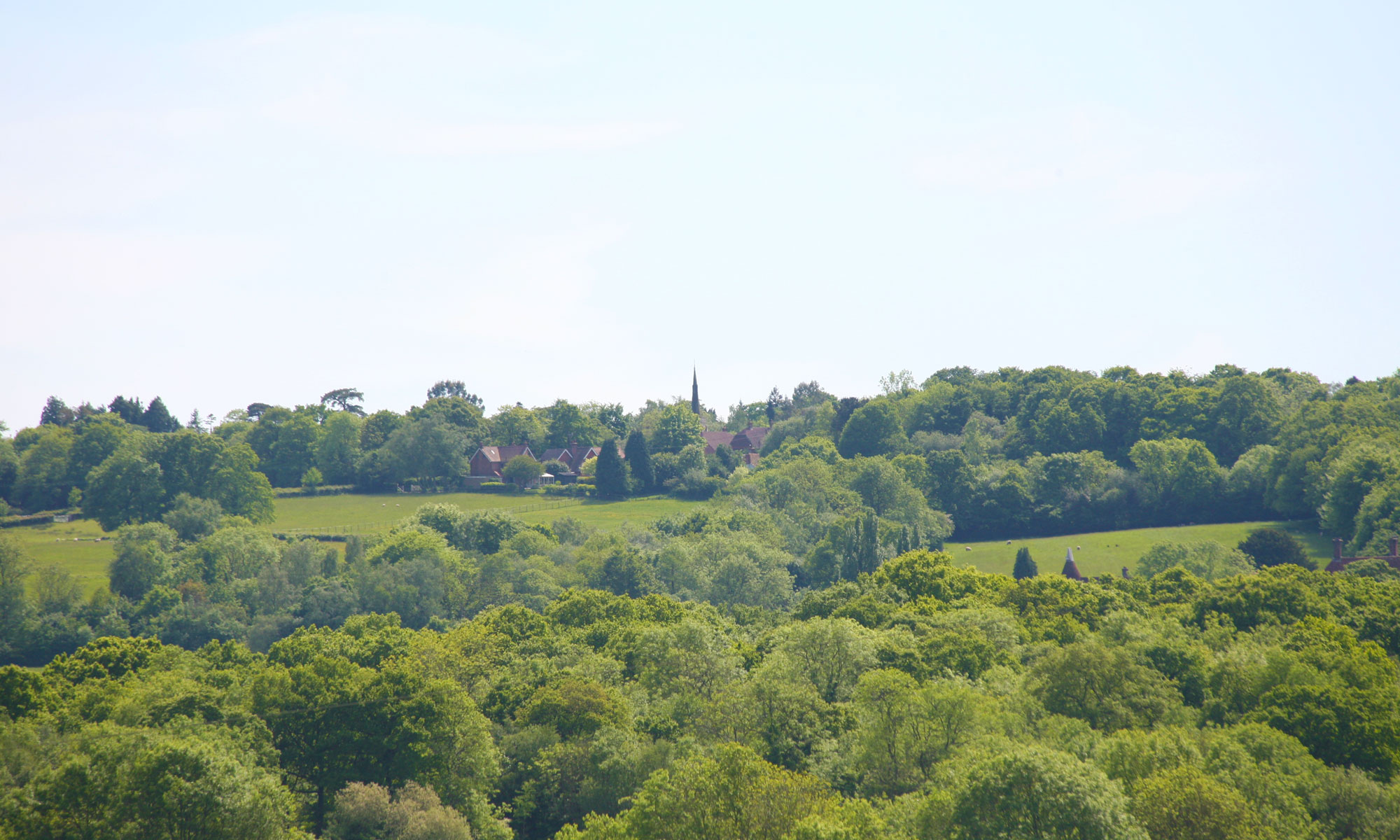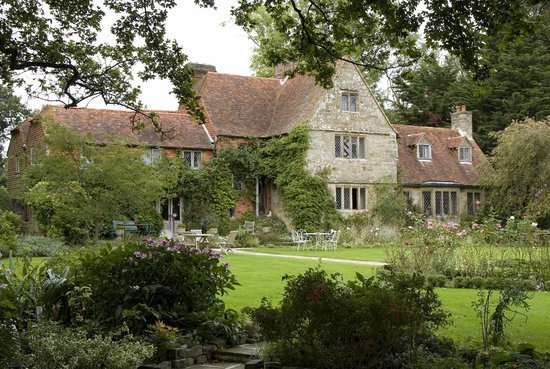 Hadlow Down Horticultural Society members are planning a car visit to King John’s Lodge in Etchingham on Thursday June 24th..
Hadlow Down Horticultural Society members are planning a car visit to King John’s Lodge in Etchingham on Thursday June 24th..
This trip to the extensive and impressive gardens is the first opportunity for members to meet up since lockdown and we’re sure there will be a lot of conversational catching up to do which will be enjoyed in the excellent cafe in the grounds. There is also an “Aladdin’s Cave” of a shop and a very good nursery to browse round after visiting the gardens.
All garden loving villagers are invited to join members and talk about other gardens and other Hort. Soc. activities.
Anyone who wants to join us we will meet at the cafe at 10.30 am. Please just let Heather know you’re coming at heathermines2@hotmail.com and turn up on the day. The cost is £6.50 per person
TN22 – Newsletters
We are pleased to announce that future copies of the TN22 Monthly Newsletter will appear on the Club’s pages.
Click here to view the June newsletter.
Let’s Rock the Hall 2021
May Book Club Review
The Hadlow Down Book Club Review of the book for May can now be found on the Book Club pages.
Book Club Review – “Klara and the Sun”
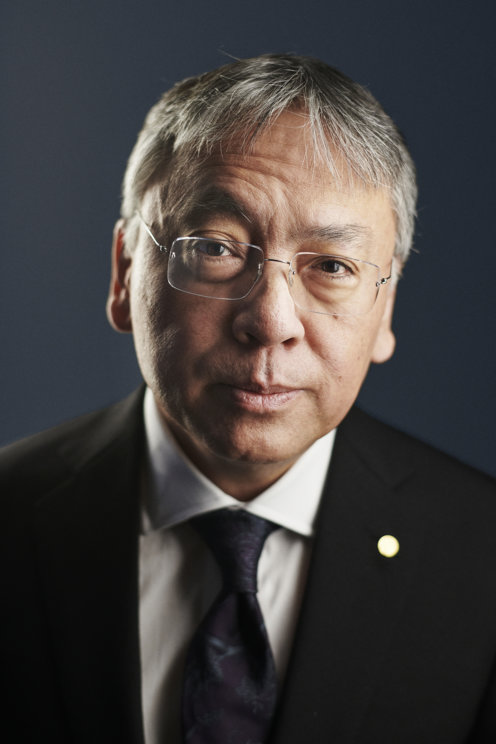 The Sun was always very kind to me. He was always kind to me from the start.
The Sun was always very kind to me. He was always kind to me from the start.
This month’s book is “Klara and the Sun” by Nobel Prize Winner Kazuo Ishiguro. I had looked forward to reading this as I really loved “Never Let me Go” when the book club read it some years ago and I knew that the two books had much in common, with their dystopian setting and their themes of sacrifice, solitude and exploitation.
Henderson, Elsie Marian (28 May 1880 – 1st July 1967)
Elsie 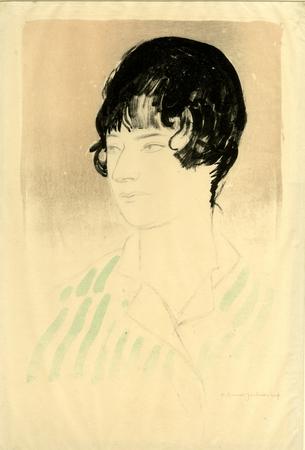 Marian Henderson, later Baroness de Coudenhove, was a British painter and sculptor notable for her animal paintings.
Marian Henderson, later Baroness de Coudenhove, was a British painter and sculptor notable for her animal paintings.
Henderson was born in Eastbourne in Sussex and with the encouragement of her mother, a keen amateur painter, she attended the South Kensington Schools before studying at the Slade School of Fine Art between 1903 and 1905. Henderson continued her art education in Paris. For periods of time, between 1908 and 1912, she took lessons at various ateliers in the city including the Academie Moderne, the Académie Colarossi, the Académie de La Palette and at Cercle Russe. In 1912 Henderson studied with Othon Friesz before spending 1913 in Italy. After some time on the island of Guernsey, Henderson enrolled at the Chelsea Polytechnic in 1916, where she was taught lithography by the artist Francis Ernest Jackson. In London she became a frequent visitor to London Zoo and animal drawings and paintings became a major theme of her work. In 1924 Henderson had her first solo exhibition at the Leicester Galleries in London.
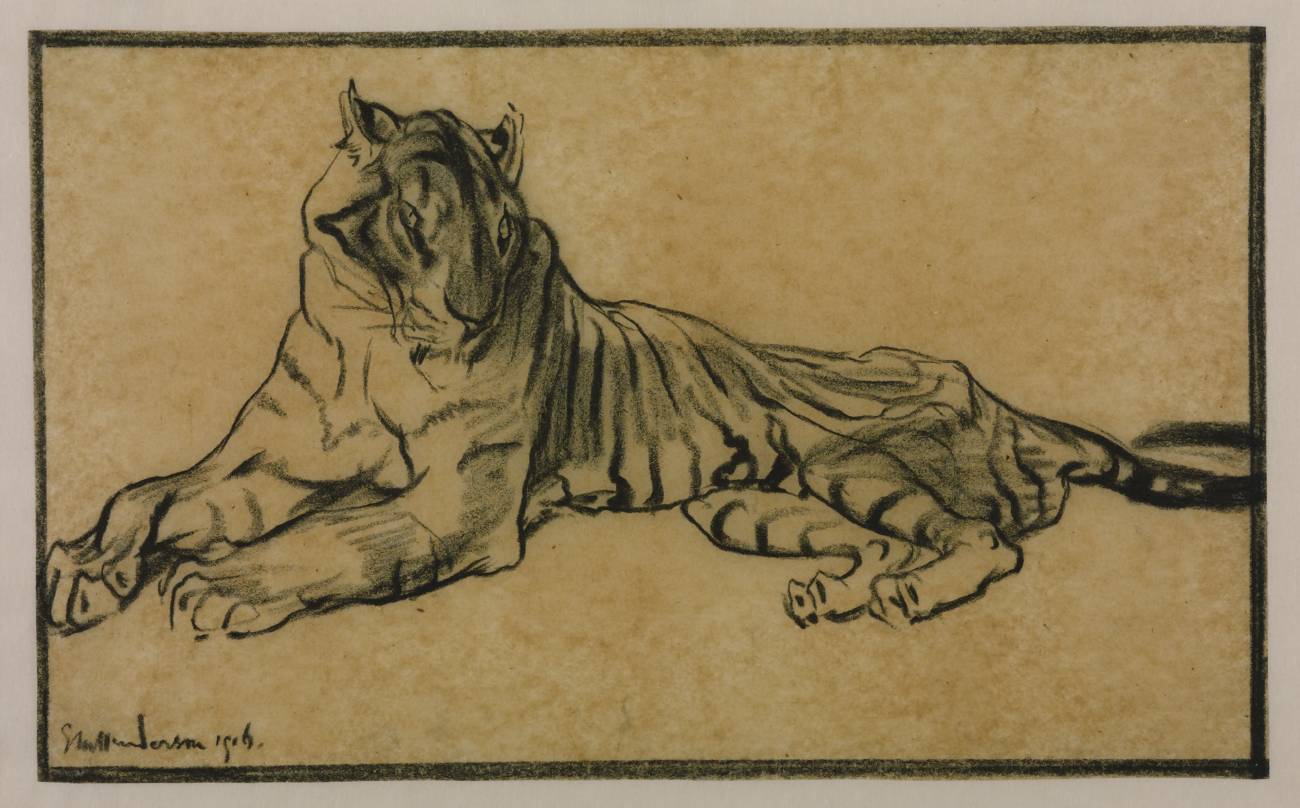
In 1928 Henderson married Henri Baron de Coudenhove, the French consul to Guernsey. The couple lived on the island during World War II and throughout the German occupation. Baron de Coudenhove died towards the end of the war and in 1946 Henderson moved to Sunnyside Cottage, Wilderness Lane, Hadlow Down in Sussex with her sister Mildred She continued painting into the last years of her life. Continue reading “Henderson, Elsie Marian (28 May 1880 – 1st July 1967)”
Hadlow Down’s “Tin Heaven”
Recently uncovered article in the Hadlow Down Village Trust Archives:
The “Tin Heaven,” Hadlow Down, East Sussex
In 1885 the Baptist minister Henry Donkin moved to the village of Hadlow Down in East Sussex and founded a new mission. With slow beginnings, it became a fully-fledged mission chapel in the early 1920s, with permission to officiate marriages and take a full and public part in local Nonconformist worship. The building that Donkin commissioned was one of the thousands of “tin tabernacles” that dotted the United Kingdom, the British Empire, and North America, purchased and erected by every type of Christian denomination, from the mid-nineteenth century to the mid-twentieth. Most of these affordable prefabricated corrugated-iron sacred spaces have long since been demolished or have rusted away, but the one in Hadlow Down survives. When he founded it in the 1880s, Donkin named his new mission chapel “The Tin Heaven.”
Donkin’s project, one tin tabernacle among many, was connected to the proliferation of cheaper industrially produced materials and, paradoxically, to a desire for social outreach and simplicity as a counterbalance to the oscillation between economic boom and bust. On July 10, 1857, John Ruskin delivered an explosive lecture at the Manchester Art Treasures exhibition. Britain, like much of the world, was gripped by an anxious mood brought on by a major economic crisis. Ruskin turned his full attention to the relationship between art, religion, and the socio-economic issues of poverty in both general cultural and specific local terms. He argued that, when wealth was not fairly distributed, all suffered both culturally and spiritually, and he pointed out that the acquisitive and territorial attitude to wealth in the modern age could never be compatible with Christian ethics.
Modern socio-economic suffering was the outcome of a rampant greed that resulted in the double-impoverishment of the souls of the wealthy and lives of the poor. One response was to reconsider Christian forms of worship and architecture in light of economic justice and ethics.
With references to the Book of Proverbs, Ruskin claimed that “where there should have been providence, there has been waste; where there should have been labour, there has been lasciviousness; and wilfulness, when there should have been subordination. A decade later, Ruskin returned to Manchester and lectured again on the “Spirit of Poverty” and its positive medieval connotations, firmly connected with simplicity and Christ-like humility rather than with the deprivation, hunger, and suffering that he and his contemporaries saw around them.
Modern socio-economic suffering was the outcome of a rampant greed that resulted in the double-impoverishment of the souls of the wealthy and lives of the poor. One response was to reconsider Christian forms of worship and architecture in light of economic justice and ethics. Out of this debate, and not without Romanticism and idealism alongside depth of commitment to improving lives both spiritually and pragmatically, many advocated a return to medieval styles of architecture to signal a return to a mind-set in which medieval monastic simplicity (though perhaps not the stratification of the feudal system) could breathe new life into a gluttonous and greedy capitalism. Ruskin was simply one voice, albeit an influential one, among many. In 1869, inspired by the Rule of St. Francis, Ruskin wrote to a friend that he wished to “form a society—no matter how small at first, which shall vow itself to simple life in what is called poverty, that it may clothe and cleanse, and teach habits of honour and justice—to as many as will receive its laws among the existing poor.”
History of Hadlow Down Village Hall
A history of our village hall has been added to the Village Trust Pages:
Hadlow Down’s first village hall, although not named as such, was a large hut obtained from the YMCA and erected on land donated by the Eridge Estate; it was always known as ‘the Hut’ or ‘the Red Triangle Hut’ after its previous owners’ symbol.
History of Hadlow Down Village Hall
HADLOW DOWN’S VILLAGE HALL: PAST AND THE FUTURE?
Hadlow Down’s first village hall, although not named as such, was a large hut obtained from the YMCA and erected on land donated by the Eridge Estate; it was always known as ‘the Hut’ or ‘the Red Triangle Hut’ after its previous owners’ symbol. Opened on June 8th 1921 by Princess Marie Louise, Queen Victoria’s last grandchild, it immediately became the focal point for many of the village’s activities. The Hut hosted many social occasions, classes, Horticultural Society meetings, the Organ Club, British Legion (male and female branches) the Happy Circle for older members of the village, the Jazz Club, the Pied Pipers drama group, and the Bowls Club. It was also used for more formal meetings such as the Church Parochial Council and the Parish Council. Continue reading “History of Hadlow Down Village Hall”
Listed Buildings in Hadlow Down
Book Club Review – April 2021
‘Pachinko’ by Min Jin Lee
‘Pachi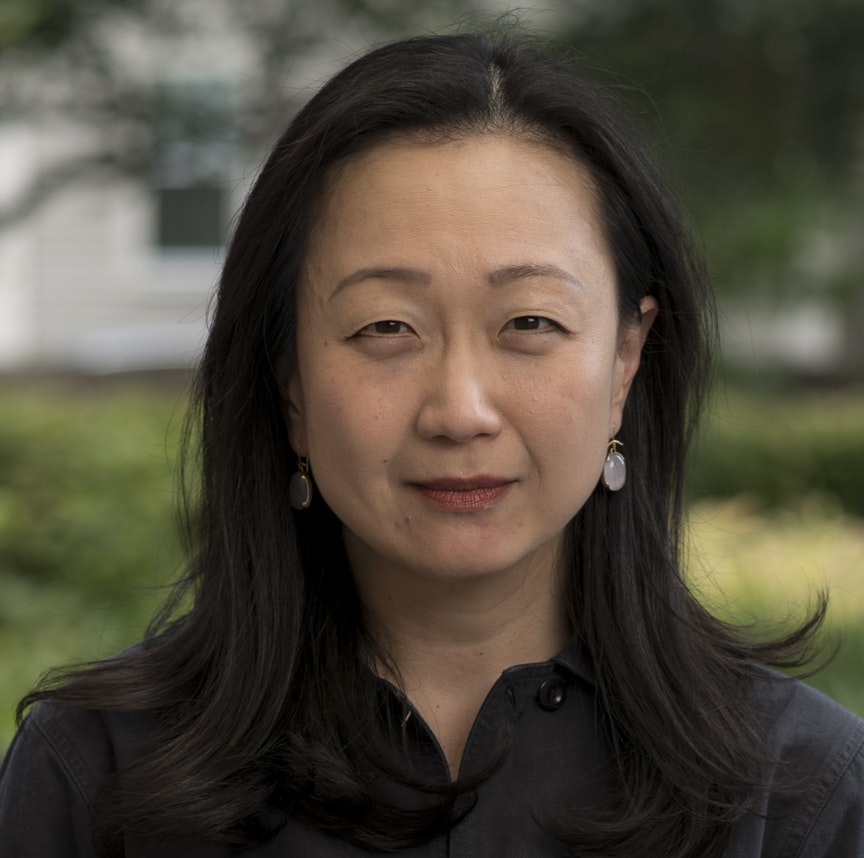 nko is a foolish game, but life was not.’
nko is a foolish game, but life was not.’
Our book this month was “Pachinko”, by Min Jin Lee, an American Korean who spent time in Japan with her husband. This was one of the most popular choices among writers offering their summer choices to the Irish Times and a runner-up to the National Book Award for Fiction 2017.
Click to go to the Book Club pages and read full review.
